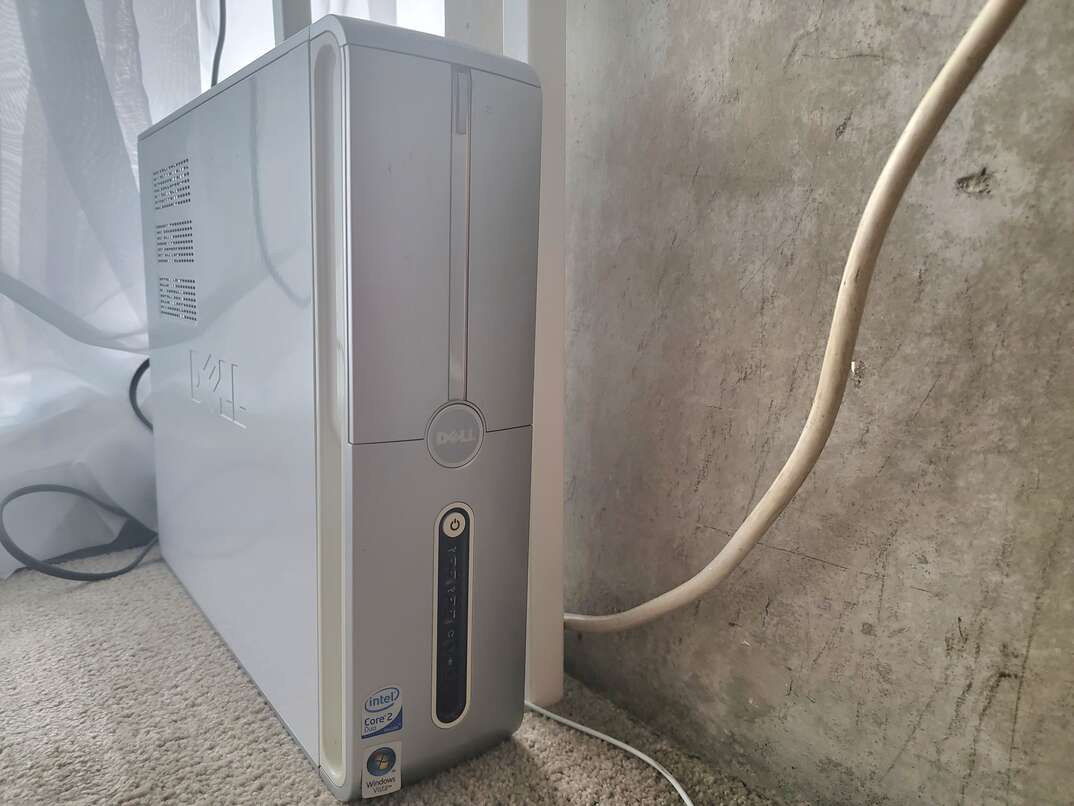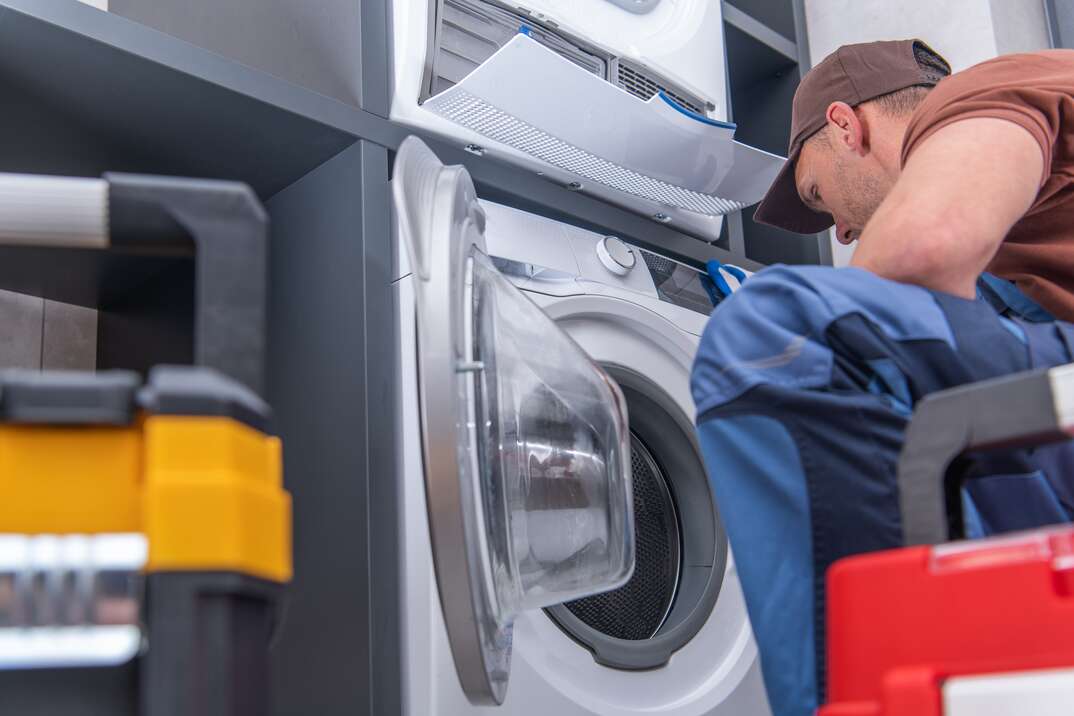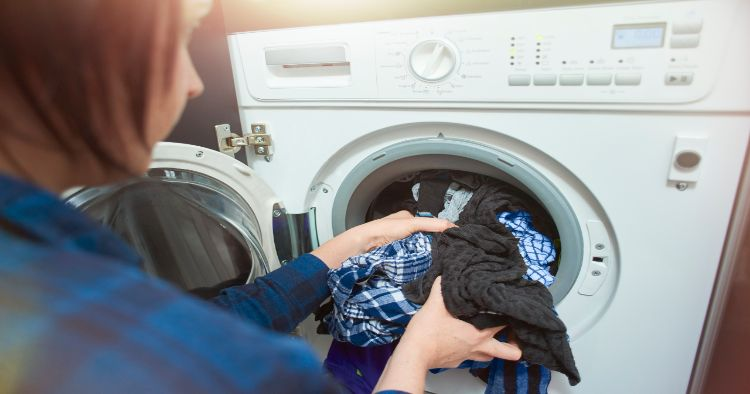Fridge Filthy? Here's Your 7-Step Deep-Cleaning To-Do List

Cleaning a Refrigerator at a Glance
- Tools and materials: Cloth or sponge, scrub brush, toothpicks, towel, petroleum jelly, dish soap, coil brush
- Step 1: Empty the fridge
- Step 2: Wash shelves and drawers
- Step 3: Clean the interior
- Step 4: Wipe the gasket
- Step 5: Clean the exterior
- Step 6: Brush condenser coils
- Step 7: Refill the fridge
We all take the time to wipe down visible kitchen surfaces. Even the stovetop gets a regular cleaning. But one thing that we tend to neglect — probably because you can close the door on it — is the refrigerator. It’s one of the hardest working and most important appliances in the kitchen, yet many of us have no idea how to clean a refrigerator properly.
This May Also Interest You: Common Refrigerator Problems and How to Fix Them
A dirty fridge is unhygienic. Excess grime can also cause problems with the appliance’s performance and efficiency. But with a few items you have lying around your house, a bit of time and our handy tips, you can soon have your refrigerator sparkling like new. Here’s what to do.
What Should You Use to Clean the Inside of a Fridge?
Chemical cleaners and soaps often have a strong odor that can be absorbed by some foods. To avoid this, always use a cleaning product specifically designed for cleaning the fridge, such as those by Cif or Clorox. For the best result, try using your own mixture of one part baking soda to seven parts hot water. To apply the solution, pour it into a spray bottle.
To deep-clean your fridge, you’ll also need:
- Dry cloth or sponge
- Scrub brush or toothbrush
- Toothpicks
- Clean towel
- Petroleum jelly or baby lotion
- Dish soap
- Coil brush (similar to a brush used for cleaning bottles)
How to Clean a Fridge
Always begin cleaning the inside first. Here are the steps:
1. Empty the Contents
You first need to completely empty the refrigerator of all its contents, so the best time for this chore is when food levels are low. Most food will be fine if left out of the fridge for an hour or two. However, if you’re cleaning during the summer months, store the contents in an icebox or cooler to be on the safe side.
This is also the perfect time to sort out and get rid of anything past its use-by date. It’s time to throw away the plastic wrap-covered, half-eaten pasta dish that you meant to reheat last Tuesday.
2. Wash the Shelves and Drawers
Take out all the removable parts, such as shelves, drawers and trays. Once removed, give them time to get up to room temperature, especially any glass shelving. Cold glass can crack when exposed to hot water.
Dish soap is the easiest way to tackle the grime caked onto your refrigerator’s removable components. Mix dish soap with warm water, then use a sponge or brush to scrub the drawers and shelves. Dry with a clean towel or leave them to air-dry completely. You can soak any stubborn stains in hot water containing a few drops of ammonia.
3. Clean the Inside Thoroughly
Now that your fridge is completely empty, it will be much easier to clean the inside. Working from top to bottom, spray inside the refrigerator and door with your baking soda solution and wipe with a dry cloth. It may be easier to use a toothbrush to get into any deep grooves and crevices. A toothpick works great for those very hard-to-reach spots, such as the hinges.
4. Clean the Gasket
The gasket is the rubber seal that goes around the fridge door. This needs to be cleaned regularly to ensure it maintains a tight seal.
Use dish soap and warm water to get rid of normal dirt. If you notice any mold, try a bleach-based cleaner instead. Rinse the gasket thoroughly, then wipe it with a dry towel. To keep the gasket from drying out, apply a thin coat of petroleum jelly, mineral oil or baby lotion.
5. Clean the Exterior
As the exterior doesn’t come into contact with food, you can use an all-purpose cleaner to wipe down the outside surfaces of your fridge. If you have a stainless-steel fridge, it’s recommended to use a damp microfiber cloth followed by a dry cloth to give it a quick polish.
More Related Articles:
- 5 Best Smart Refrigerators for Various Household Needs
- Check Out the Average Cost to Service These Top 3 Refrigerator Brands
- 4 Ways to Make Your Refrigerator More Efficient
- Every Cost You Need to Know About With Refrigerator Repair
- Your Stainless-Steel Fridge Will Shine Bight Like a Diamond with These Cleaning Tips
6. Clean the Condenser Coils
Condenser coils are usually located at the back of the refrigerator and need frequent cleaning to continue functioning properly. Always unplug the refrigerator before attempting to clean the coils. You should also check the owner's manual for any specific maintenance instructions.
Gently pull the fridge away from the wall. Using a coil brush, carefully brush around the coils. Sweep the debris off the floor. Then, you can push the appliance back in place and plug it in.
7. Refill the Fridge
After a deep clean, it’s time to put your fridge back together again by replacing all the shelves, drawers and trays and putting the food back. To keep a refrigerator in its best working condition, Family Handyman recommends that you give it a full clean every three months.
How Can I Disinfect My Refrigerator Naturally?
In addition to cleaning your fridge with baking soda and hot water, it’s also possible to fully disinfect the refrigerator inside using natural products. Vinegar is an excellent option as it’s antimicrobial and can kill germs, fungus, mold and even viruses. Vinegar also removes odors as it dissipates.
Here’s what to do:
1. Place one part vinegar to three parts water in a spray bottle.
2. After cleaning, spray the solution around the interior.
3. Leave to dry before placing all the contents back into the refrigerator.
Can I Use Clorox Wipes to Clean the Inside of My Fridge?
Yes, you can. Clorox wipes are not the ideal product to use when giving your refrigerator a proper deep clean. However, these handy wipes are a quick and easy way to clean the door handles or clear up any small spillages.
When something goes wrong, maintenance and repair costs can soon mount up. Being prepared for unexpected home repairs with a plan from HomeServe is important. Having a plan in place gives you peace of mind knowing that you can simply call our 24/7 repair hotline for covered breakdowns. See what plans are available where you live.


